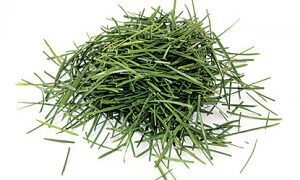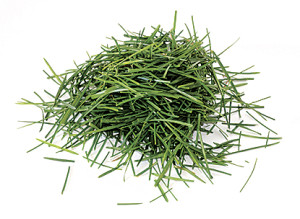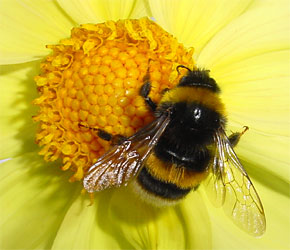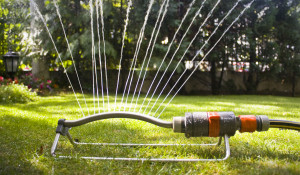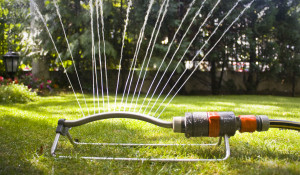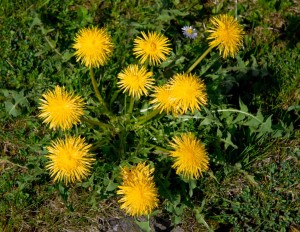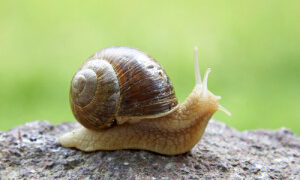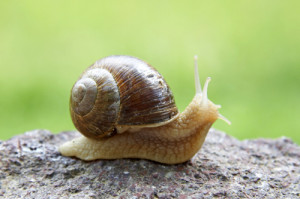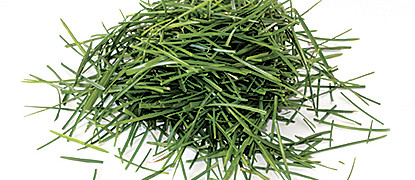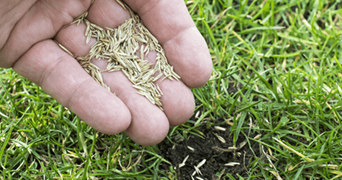Lawn Care Tip: Create a Fall Check List For Your Home Maintenance
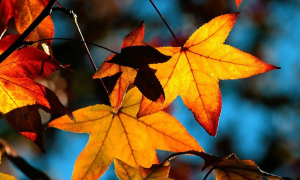
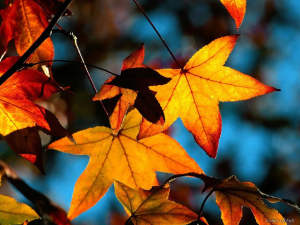 Many people find the bi-annual daylight savings to be a time to check in on their house to make sure everything is working properly and running smoothly. They may make it a time to inspect their roofing or plumbing, but include smaller tasks such as checking smoke and carbon monoxide detectors. Depending on the part of the country you live in, you may be in for a long, cold winter. Or, you could just be slightly inconvenienced by some chilly weather. Wherever you live, there are definitely some tasks you can consider when daylight savings time is once again upon us. Here are some as recommended by your lawn care professionals.
Many people find the bi-annual daylight savings to be a time to check in on their house to make sure everything is working properly and running smoothly. They may make it a time to inspect their roofing or plumbing, but include smaller tasks such as checking smoke and carbon monoxide detectors. Depending on the part of the country you live in, you may be in for a long, cold winter. Or, you could just be slightly inconvenienced by some chilly weather. Wherever you live, there are definitely some tasks you can consider when daylight savings time is once again upon us. Here are some as recommended by your lawn care professionals.
The most obvious task is to check your clocks. Replace batteries in wall clocks to make sure the time doesn’t fall behind and consequently, you as well. While you’re on battery patrol, check the batteries in flashlights as well. You should have a few well-placed flashlights throughout your home in case of a loss of power, as well as in your car in case of a break down at night.
If you have an irrigation system, you may want to have that checked by lawn care professionals or do it yourself if you can. You can also check your thermostat if it’s on a timed program and make sure you’re setting it for the correct temperature, given any temperature changes you will experience due to seasonal changes. Many people also use this time of year to check or replace their furnace filter. This is especially important because it keeps your system running as it should.
And of course, there’s always fall leaf removal! Call your lawn care professionals to see what needs to be done before winter sets in!


